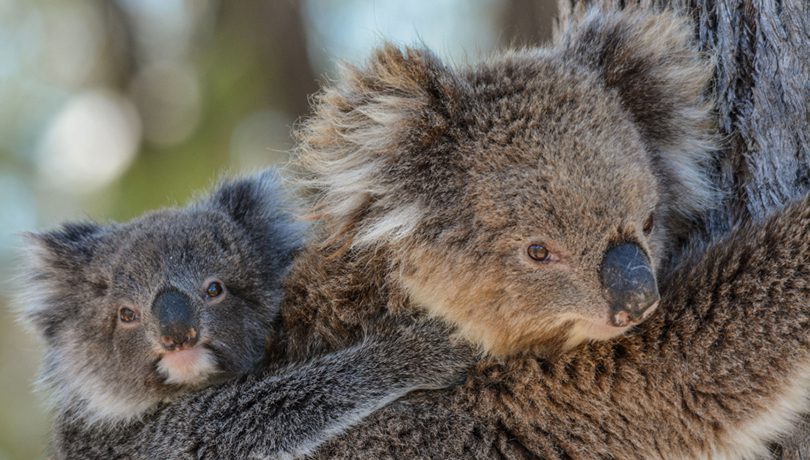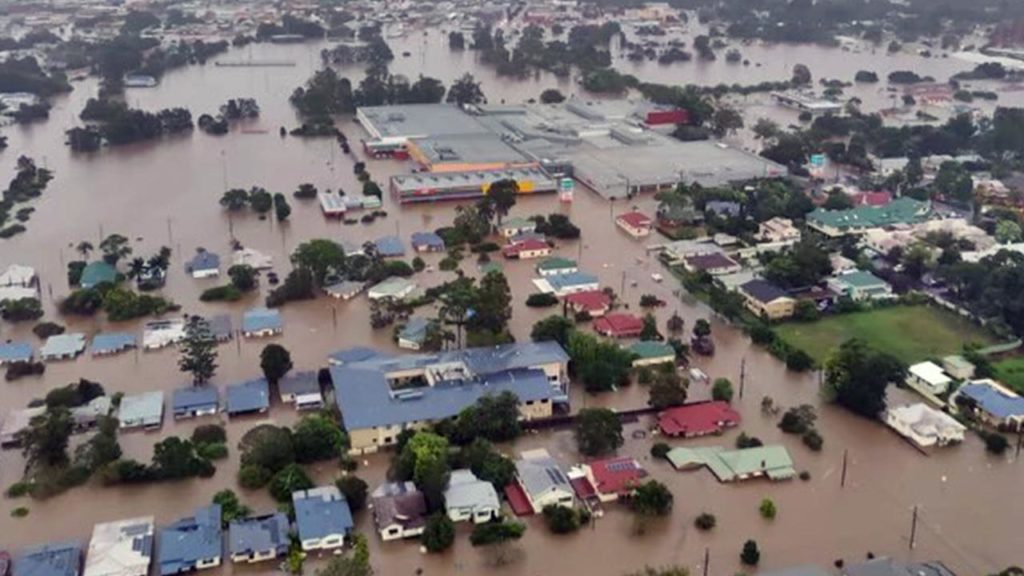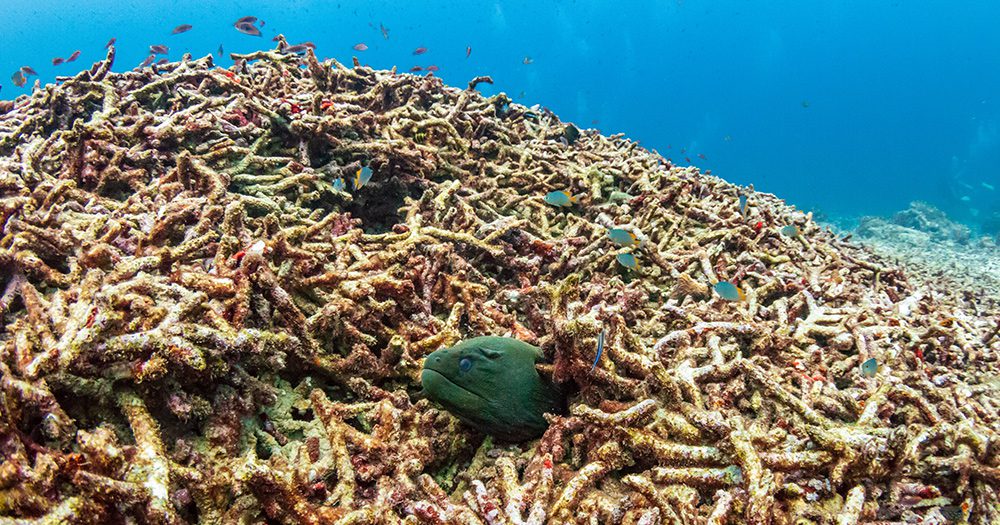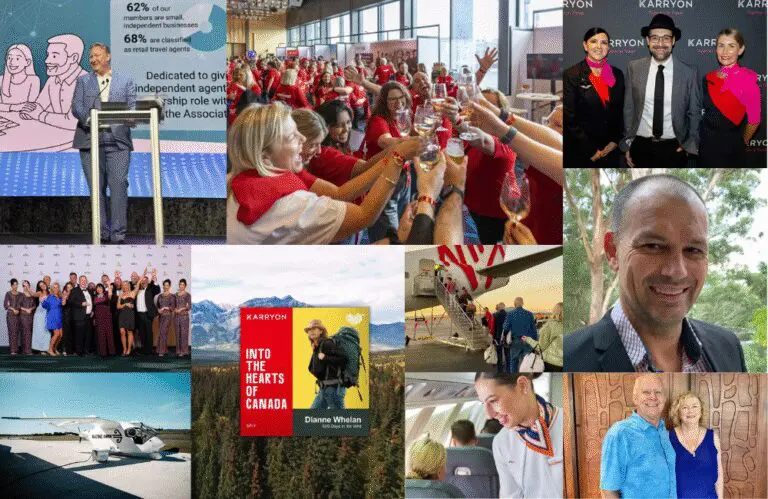Treasurer Josh Frydenberg last night announced the Federal Budget for 2022/23. But what does it mean for the travel industry and its workforce? Here’s our breakdown at a glance.
Winners: Travel advisors, tour operators and tourism thanks to financial support
Mr Frydenberg reiterated that a total of $146.5 million had been committed to supporting the travel and tourism industry, including the recently confirmed $75.5 million of a third and final round of the Consumer Travel Support Program.
The additional $60 million is the recently announced tourism investment package.
This includes $45 million over two years for Tourism Australia to focus on regional destinations impacted heavily by the loss of international tourists. The other $15 million will go specifically to Tourism Tropical North Queensland to promote the Great Barrier Reef to visitors.
Winners: Cost of living gains
In the face of skyrocketing fuel prices, petrol and diesel excise will be halved for six months from today, saving around $300 for the average household. The expected temporary cut to fuel excise will be as much as 20 cents a litre.
Travel transportation businesses will also benefit by decreasing operational costs from fuel savings.
There will also be a $420 cost of living tax offset for low- and middle-income earners (earning under $126,00 per annum) and a $250 cost of living payment for pensioners, welfare recipients, veterans and concession cardholders, available to individuals once their tax return is submitted after July 1.
Eligible low- and middle-income earners will receive up to $1,500 for a single income household or up to $3,000 for a dual-income household.
Winners: Small businesses thanks to training support

Small businesses will receive more than $1.5 billion in tax breaks for going digital and training workers.
“Small and family businesses are at the heart of our economy and local communities – they employ nearly eight million Australians,” Treasurer Josh Frydenberg said on Tuesday.
Effective immediately, for every $100 a small business spends on training, they will get a $120 tax deduction – capped at $100,000 per year and costing taxpayers $550 million.
Spending on cloud computing, e-invoicing, cyber security and web design also attract the tax deduction for costs incurred from budget night onwards, providing a further $1 billion in tax relief.
Mental health support also gets a boost with $4.6 million to extend Beyond Blue’s NewAccess for Small Business Owners program.
Losers: Working parents thanks to no super for parental leave
The federal government again refused to pay super on parental leave with Industry Super Australia, saying the Budget is “another missed opportunity to address the gender super gap and take action to put an end to the $5 billion a year unpaid super scandal.”
“It is disappointing this was not among the government changes to the scheme announced in the Budget. This modest investment of paying super on parental leave would add up to $14,000 to the retirement balance of a mother of two. As 99.5% of applicants are women, paying super on Commonwealth parental leave would be a concrete step towards bridging the gender super gap.”
But Industry Super Australia (ISA) said it welcomes Budget papers confirming the government will lift the Super Guarantee rate to 12% by 2025 – this July’s increase will take the rate to 10.5% – it will give the average 30-year-old worker an extra $80,000 than if the rate was frozen at 10%.
Long-term losers: All of us thanks to cuts to tackle the climate crisis

The federal government has set aside billions of dollars to deal with the consequences of climate change, but there’s nothing in the Budget to address its cause, observers say.
Tuesday’s federal Budget confirmed a $1 billion commitment to protect the Great Barrier Reef, along with funding for research and recycling programs as part of an overall $2.3 billion sector spend which included $800 million over 10 years for scientific research and exploration in Antarctica.
The Climate Council said the government’s proposed outlay on climate change initiatives is indefensible in the face of the escalating threats Australia is facing.
“Their own documents are showing that climate spending – as a percentage of total budget spending – is just 0.3 per cent for this year and the next two years,” economist and Climate Council councillor Nicki Hutley said.
“Then it falls to 0.2 per cent which is just totally inadequate and unconscionable.”

At the same time, she said the Budget delivered significant funding to accelerate polluting hydrogen and gas projects and billions of dollars to deal with disasters like the recent floods that are predicted to become more frequent and severe as the climate continues to warm.
The Australian Conservation Foundation said the Budget was more lip service to the environment, treating nature like an optional extra.
“While the government has allocated $50 million for koala conservation, it’s loaned … $175 million, to the Olive Downs coal mine in central Queensland and approved the clearing of around 5000 hectares of koala habitat at the mine site,” foundation spokesperson Matt Rose said.
He welcomed the $1 billion spent on Great Barrier Reef conservation over the next nine years but said it would amount to nothing without meaningful action on climate change.
To read the complete budget, head to budget.gov.au






